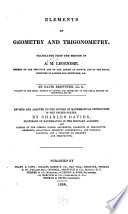 | Adrien Marie Legendre - Geometry - 1838 - 372 pages
...PROPOSITION XI. THEOREM. The square described on the hypothenuse of a right angled triangle is equivalent to the sum of the squares described on the other two sides. • Let the triangle ABC be right angled at A. Having described squares on the three sides, let fall... | |
 | Charles Davies - Geometrical drawing - 1840 - 262 pages
...degrees, and 4=90 degrees. 10. In every right angled triangle, the square described on the hypothenuse, is equal to the sum of the squares described on the other two sides. Thus, if ABC be a right angled triangle, right angled at C, then will the square D described on AB... | |
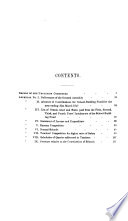 | Scotland free church, gen. assembly - 1847 - 554 pages
...straight line falls upon two other parallel straight lines, it makes the alternate angles equal. 2. If the square described on one of the sides of a triangle...sum of the squares described on the other two sides, these sides contain a right angle. 3. Divide a given line into two parts, so that the rectangle contained... | |
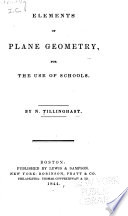 | Nicholas Tillinghast - Geometry, Plane - 1844 - 110 pages
...PROP. VII. THEOREM. The square described on the hypotenuse of a right-angled triangle is equivalent to the sum of the squares described on the other two sides. Let the triangle be Fig. 64. KDI, right angled at I. Describe squares on KD, KI, DI ; then we have... | |
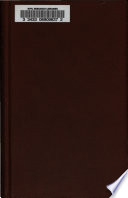 | James Bates Thomson - Geometry - 1844 - 268 pages
...BC^AB'-f-AC". Therefore, The square described on the hypolhcnuse of a right-angled triangle, is equivalent to the sum of the squares described on the other two sides. Cor. 1. Hence, by transposition, the square of one of the sides of a right-angled triangle is equivalent... | |
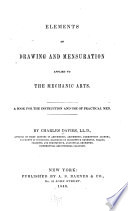 | Charles Davies - Geometrical drawing - 1846 - 254 pages
...right-angled triangle equal to ? In every right-angled triangle, the square described on the hypothenuse, is equal to the sum of the squares described on the other two sides. Thus, if ABC be a rightangled triangle, right-angled at C, then will the square D, described on AB,... | |
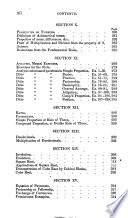 | James Bates Thomson - Arithmetic - 1846 - 354 pages
...principle in geometry, that the square described on the hypothenuse of a right-angled triangle, is equal to the sum of the squares described on the other two sides. (Leg. IV. 11. Euc. I. 47.) Thus if the base of the triangle ABC is 4 feet, and the perpendicular 3... | |
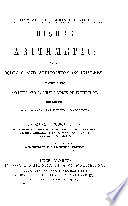 | James Bates Thomson - Arithmetic - 1847 - 434 pages
...contains 25 sq. ft. Hence, the square described on the hypothenuse of any right-angled triangle^ is equal to the sum of the squares described on the other two sides. OBS. Since the square of the hypothenuse BC, is 25, it follows that the , or 5, must be the hypothenuse... | |
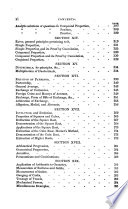 | James Bates Thomson - Arithmetic - 1847 - 426 pages
...10342656. 30. 34967ft-. 371 578. The square described on the hypothenuse of a rightangled triangle, is equal to the sum of the squares described on the other two sides. (Thomson's Legendre, B. IV. 11, Euc. I. 47.) The truth of this principle may be seen from the following... | |
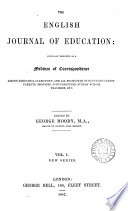 | Education - 1847 - 508 pages
...and towards the same parts, are between the same parallels. 3. If the square described upon one side of a triangle be equal to the sum of the squares described upon the other two sides of it, the angle contained by these two sides is a light angle. SECTION Il.... | |
| |